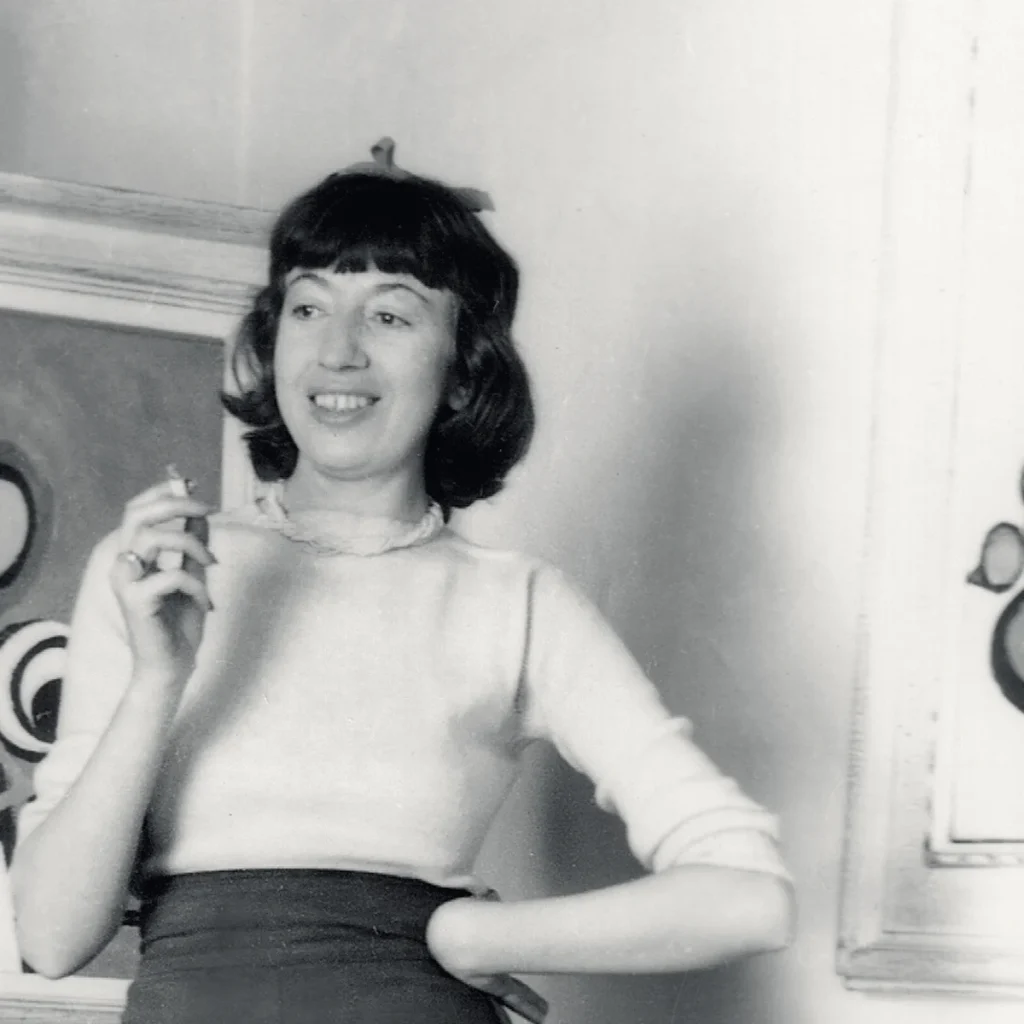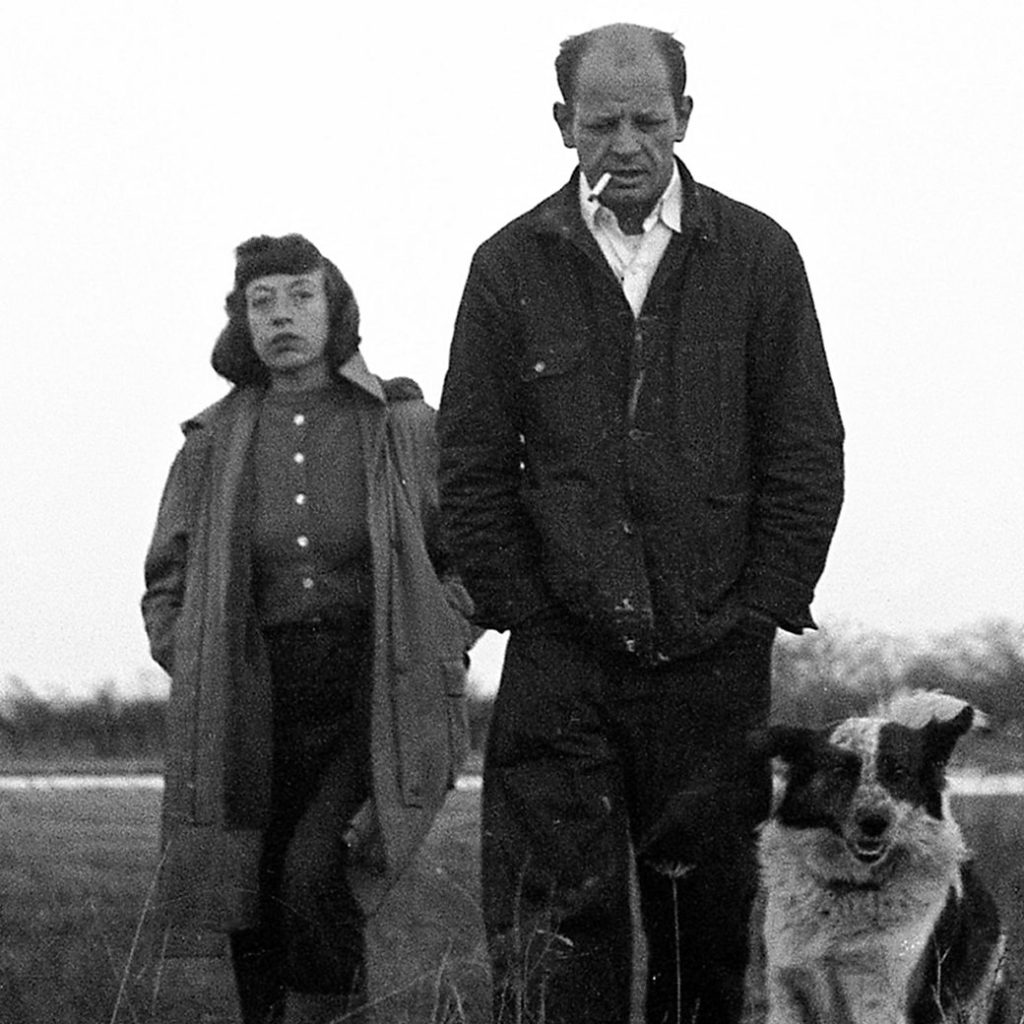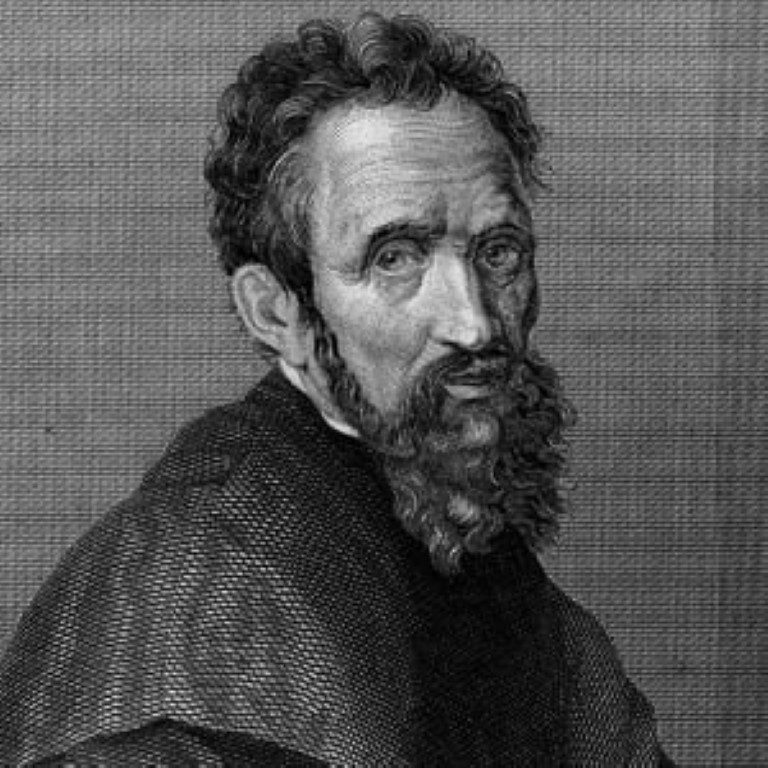Today marks the birthday of Lee Krasner, one of the most significant yet often overlooked figures of the Abstract Expressionist movement. Born Lena Krassner in New York, she would go on to become what critic Robert Hughes called “the Mother Courage of Abstract Expressionism.”

Krasner’s artistic journey began at the Women’s Art School of Cooper Union and the National Academy of Design. A pivotal moment came in 1929 when she visited the newly opened Museum of Modern Art, where exposure to Post-Impressionism ignited her passion for modern art. By 1937, she was studying under Hans Hofmann, integrating Cubist influences into her work that would define her evolving style.

During the Great Depression, Krasner joined the Works Progress Administration’s Federal Art Project, working as a muralist before transitioning to war propaganda during World War II. By the 1940s, she had established herself among New York’s abstract art elite, forming connections with Willem de Kooning, Mark Rothko, and other future legends of American art.

Her 1945 marriage to Jackson Pollock would prove both personally tumultuous and professionally challenging. While their artistic partnership was significant, Krasner’s considerable talents were often overshadowed by her husband’s fame. Pollock’s death in 1956 devastated her emotionally but also marked a turning point in her work, leading to more expressive and gestural pieces.

What made Krasner unique among Abstract Expressionists was her refusal to settle into a single, recognizable style. She constantly experimented with mood, texture, materials, and composition, often cutting apart her own work to create collage paintings or destroying entire series in fits of self-criticism. This restless evolution meant her surviving body of work is relatively small—just 599 known pieces—but each one reflects her uncompromising artistic vision.
In her later years, Krasner finally received the recognition she deserved, creating large horizontal paintings with hard-edge lines and vibrant contrasting colors. Following her death in 1984, the Museum of Modern Art held a posthumous retrospective, cementing her legacy as a pioneering force in American abstract art.
Today, the Pollock-Krasner Foundation continues her commitment to supporting emerging artists, ensuring that her influence extends far beyond her own remarkable body of work.
Featuring Image Courtesy: Museo Guggenheim Bilbao
Contributor





